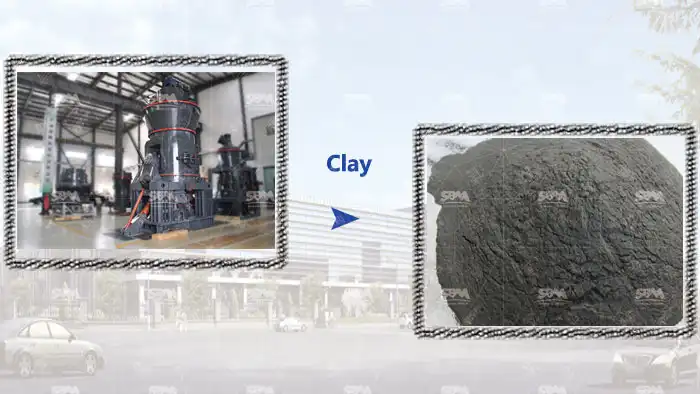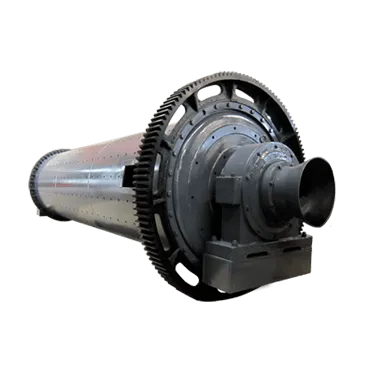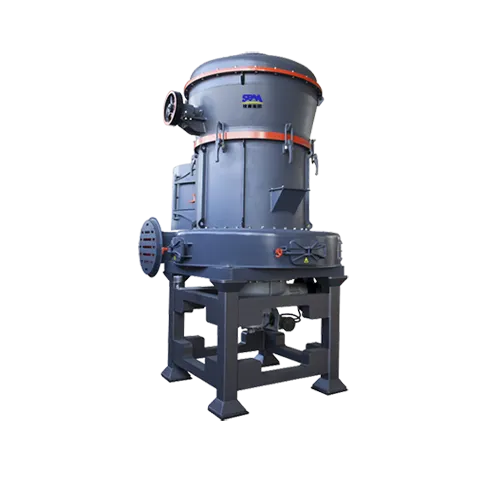Summary:Clay, also known as clay, is very small (< 2 μ m) Plastic aluminosilicate. Besides aluminum, clay also contains a small amount of magnesium, iron, sodium, po
Clay, also known as clay, is very small (< 2 μ m) Plastic aluminosilicate. Besides aluminum, clay also contains a small amount of magnesium, iron, sodium, potassium and calcium, which is an important mineral raw material.
Clay is generally formed by the weathering of aluminosilicate minerals on the earth's surface. But some diagenesis also produces clay. In these processes, the appearance of clay can be used as an indicator of the progress of diagenesis.
Clay is an important mineral raw material. It is composed of a variety of hydrated silicates and a certain amount of alumina, alkali metal oxides and alkaline earth metal oxides, and contains quartz, feldspar, mica, sulfate, sulfide, carbonate and other impurities.
Clay minerals are fine, often in the colloidal size range, crystal or non crystal, most of them are flakes, a few are tubular, rod-shaped.
Clay minerals have plasticity after being wetted with water. They can deform under low pressure and remain intact for a long time. Moreover, they have large specific surface area and negative charge on the particles. Therefore, they have good physical adsorption and surface chemical activity, and have the ability to exchange with other cations.
Some clay minerals are as follows:
- Kaolinite
- Stone fat
- Montmorillonite

SBM''s roller mill can process clay very well from 200mm into 100-2500mesh with very good performance.
Read More About



